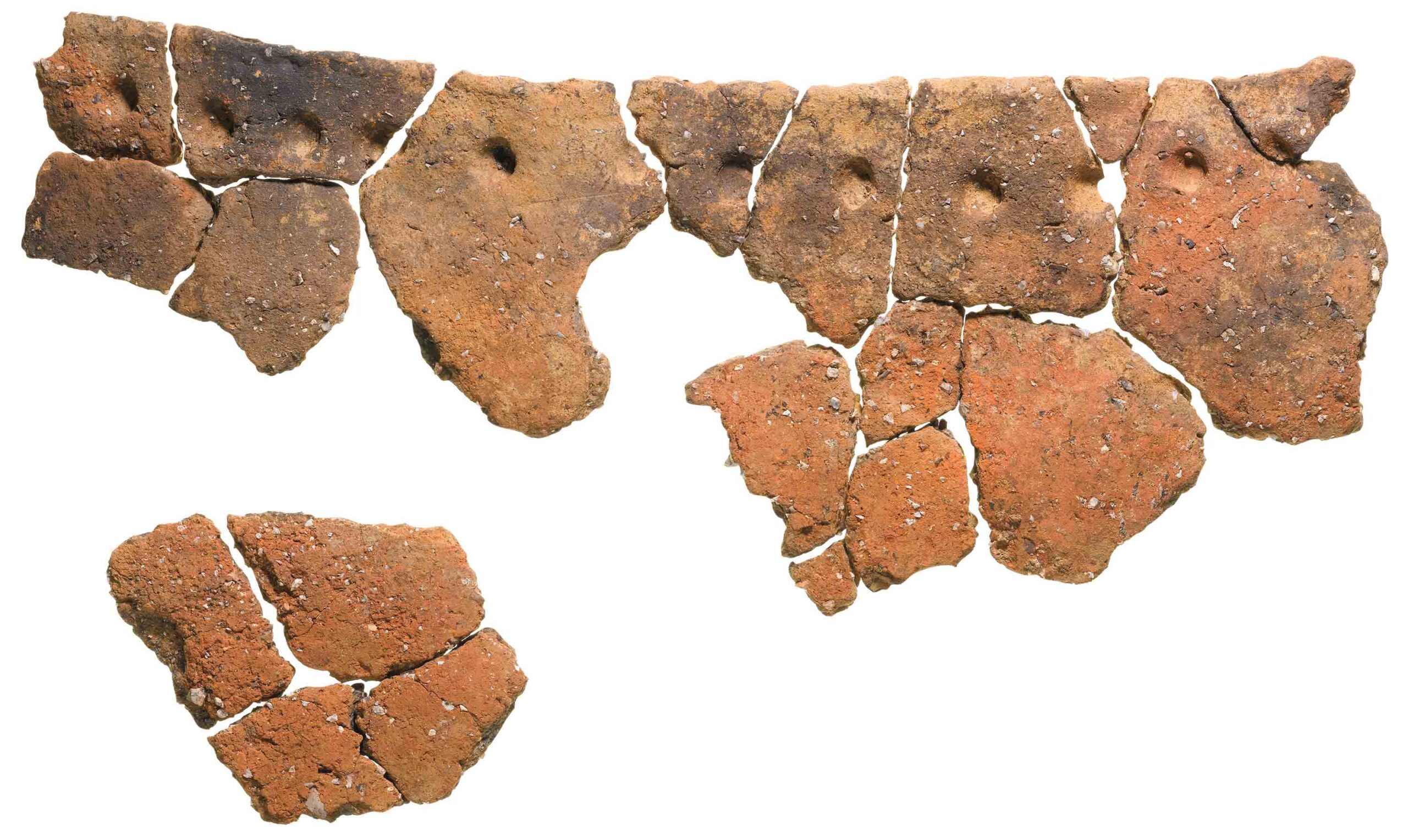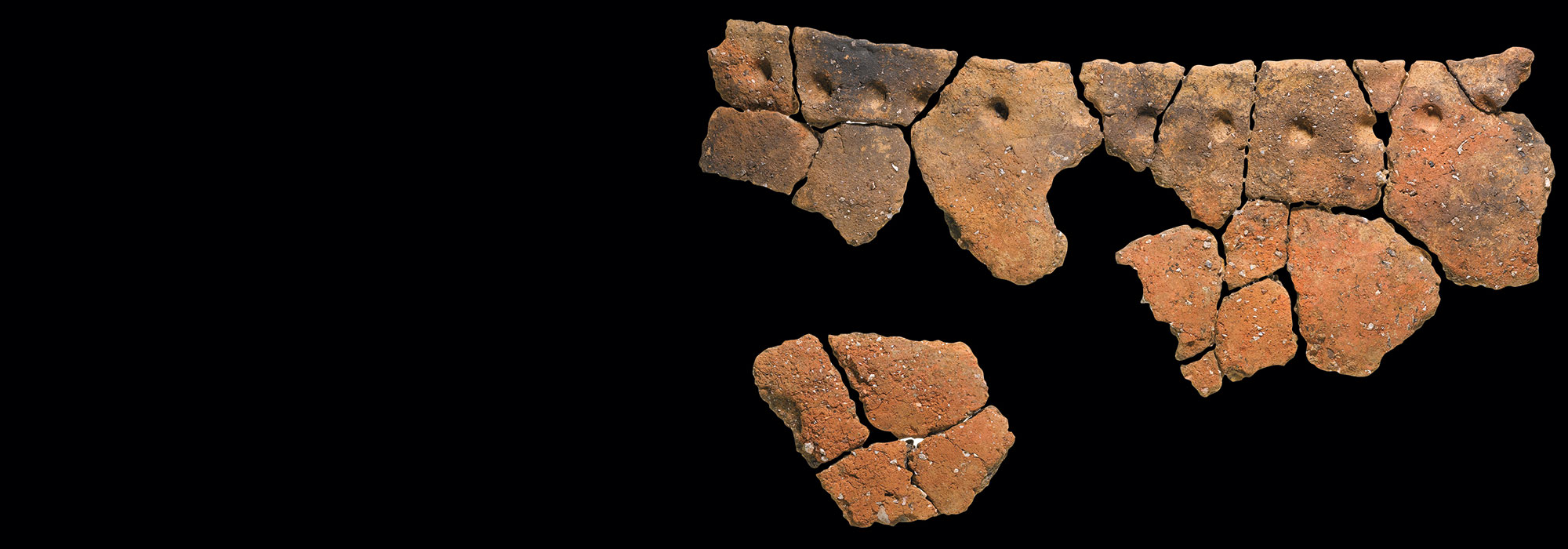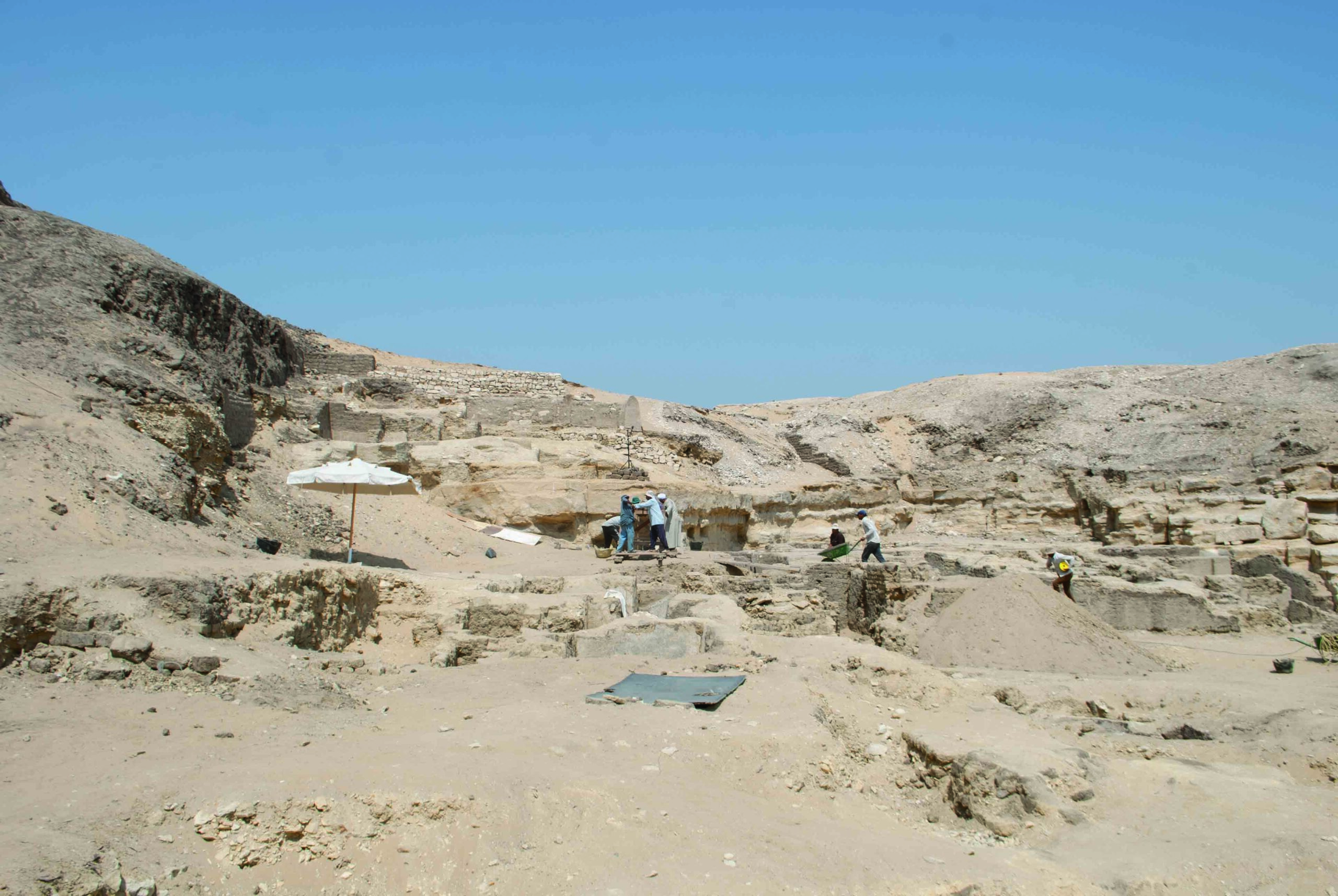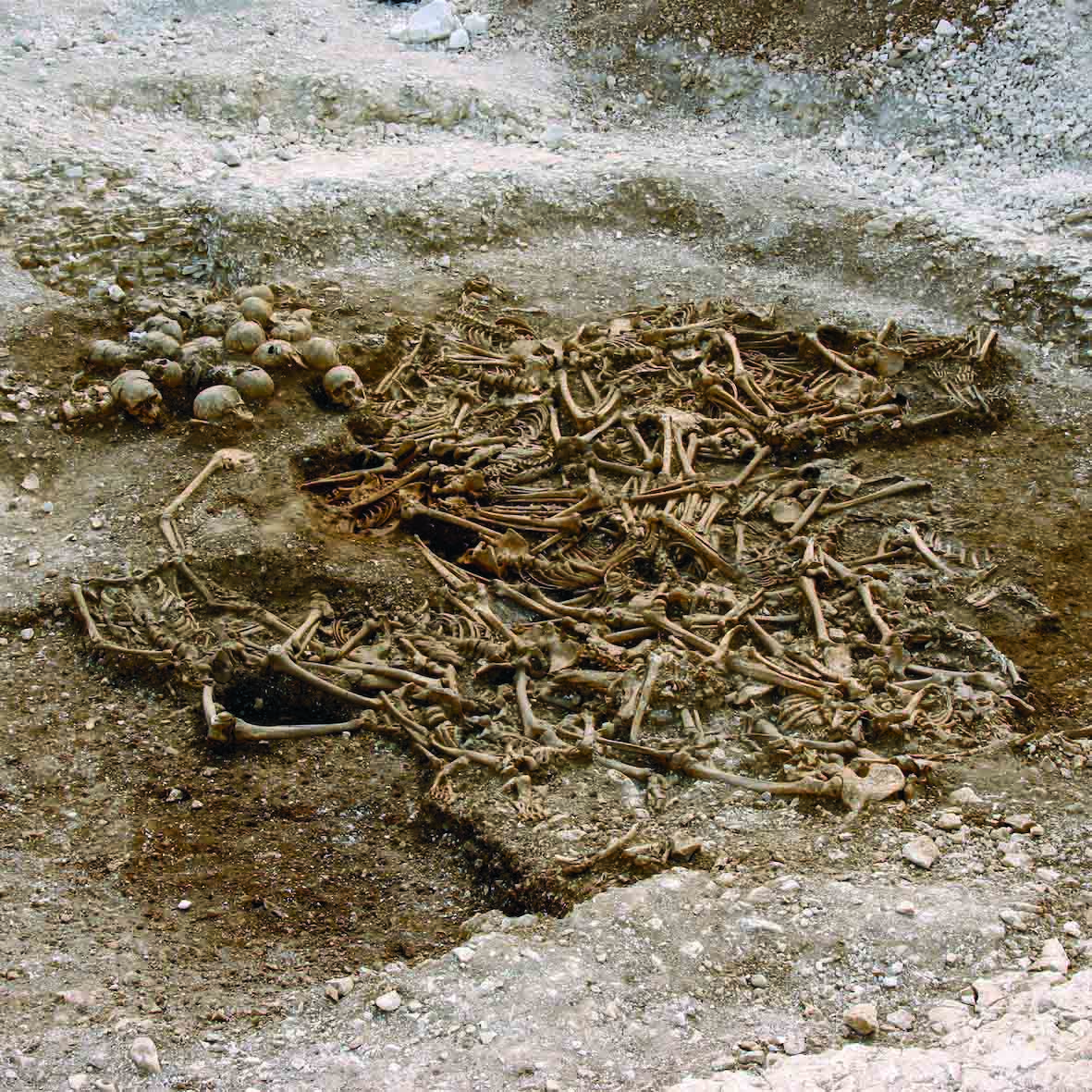
Since the 1990s, biogeochemist Richard Evershed of the University of Bristol has been trying to find a way to accurately radiocarbon date ceramic artifacts. But it has taken nearly three decades for technology to catch up with his vision. Archaeologists have been using pottery styles to date artifacts and sites for decades, but these dates had to be confirmed using methods such as radiocarbon dating of associated materials or dendrochronology, the analysis of tree rings. Evershed’s new technique allows researchers to directly radiocarbon date animal fat residue on pottery. His team is able to isolate compounds from samples of pottery that weigh as little as two grams and to detect the minuscule amount of fatty-acid carbon remaining in the residues left by milk, cheese, or meat.
Being able to directly date pottery in this way offers archaeologists a novel option. “It gives you a new anchor point,” says Evershed. As proof of concept, his team used the method at sites with well-established chronologies. One of these is an elevated wooden path that ran through a wetland in Somerset, England, known as the Sweet Track site. Dendrochronology carried out in the 1980s had previously revealed that construction of the track began in the winter of 3807 B.C. Dates from pottery found near the track matched the date obtained through dendrochronology. At the early Neolithic (ca. 6700–5650 B.C.) site of Çatalhöyük in Turkey, dates from four pottery sherds also matched the site’s known chronology. Evershed hopes the technique will allow researchers to learn more about the origins of animal domestication. It could also reveal when changes in prehistoric diets, such as the adoption of dairy products, took place. The best part, says Evershed, is that pottery is found all over the world and, therefore, “it’s a technique that could be applied anywhere, to any culture.”















